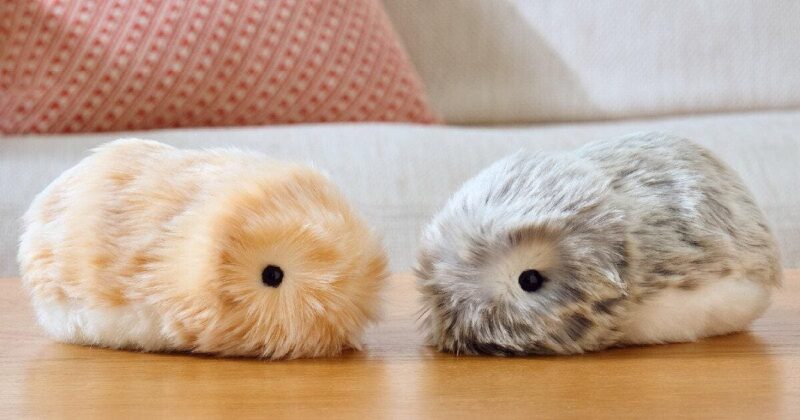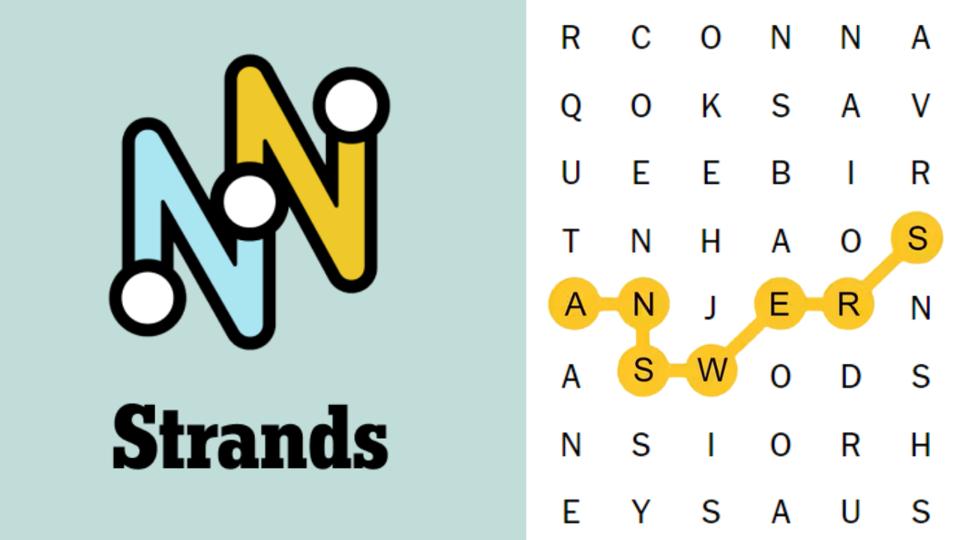Casio’s Moflin arrives as a new entry in the slow growing field of AI powered companion robots. It sells for about four hundred twenty nine dollars and uses emotional recognition to create the impression of a small creature that reacts to touch, sound and presence. Casio positions it as a smart companion that develops a unique personality over several weeks. I have lived with Moflin for only a week, which is not enough time to see that maturation, so I am relying on reports from reviewers who spent longer with the device.
Moflin is the size of a large hampster, and a lot easier to hold and cuddle.
Casio
Moflin is small and furry with a rounded body and expressive sounds. It can nuzzle into a hand, tilt its head in response to voices and emit a range of chirps that approximate contentment, curiosity or mild irritation. It does not walk or navigate. It stays where you place it and responds through movement of its head and subtle shifts in posture. The form factor reminds people of a Tribble or a tiny Mogwai. It invites touch and rewards it with gentle reactions. The overall effect is warm and pleasant.
Casio claims Moflin can form more than four million emotional profiles. This number is a marketing statement rather than a meaningful distinction, but the idea is clear. The more you interact with it, the more it leans toward certain traits. The companion app displays these attributes in four categories. Cheerful, Shy, Energetic and Affectionate. Reviewers who kept the device for several weeks reported visible changes in these readings. The interactions shape the personality in a way that gives users a sense of ownership over the creature’s development. It is a simple loop yet it works on an emotional level.
Moflin went on sale in Japan last year for three hundred eighty dollars. It followed a crowdfunding run that exceeded its goal by about thirty times and drew almost two thousand backers worldwide. Casio’s filings describe domestic sales as better than expected and say the product reached a broader user base than assumed, which is a careful way of saying it performed well for a niche category. Japanese reports note more than seven thousand units shipped and periods where the official site listed it as sold out. Coverage points to strong interest among women in their thirties and forties who want a pet like presence without the responsibility of a live animal. That aligns with Casio’s claim that Moflin is a wellness oriented companion for people who live alone, seniors and younger users who want something soft and responsive.
The practical limitations remain. Battery life is about five hours. It takes more than three hours to recharge. The body contains sensors that require gentle handling. It cannot get wet or be exposed to extreme temperatures. There is no real autonomy. You do not get the impression of a creature exploring or discovering. You get reactions to your attention. That places Moflin in the category of reactive companion rather than an interactive robot.
Other robot pets create a useful reference point. Aibo remains the most advanced example with sophisticated behavior and mobility, although it costs thousands of dollars. Paro has served in healthcare settings for years with slow, calming movements. Furby and Loona are cheaper options that rely on personality presets rather than evolving behavior. Moflin follows another route. It provides softness, simple responsiveness and slow emotional development. It feels more like a comfort object that learns over time than a mechanical pet.
My personal experience is mixed. I like Moflin. It is pleasant to hold and it produces small moments of charm. The problem is my household. My dog hates it. The sound triggers him immediately. My wife does not want it making noise either, so I muted the device. That removes an important part of its personality. In a home without pets or noise sensitive people it would probably flourish. I can imagine it being valuable for someone who lives alone. It could also appeal to an elderly person who wants companionship without the responsibility of a live animal. A younger child might enjoy something that reacts gently and gives a sense of shared presence.
I cannot yet speak to the long term experience. Reviewers who lived with Moflin for a month described a stronger emotional arc as the creature matured and reacted in new ways. That is an important part of the evaluation and it sits outside my one week trial. Based on what I have seen and what others have reported, Moflin represents a step forward for physical AI toys. It has limitations and a high price, yet it offers a genuine attempt at emotional interaction in a compact form. If Casio expands the app, improves the language support and continues to refine the personality engine, Moflin could become a meaningful product in this emerging category.








